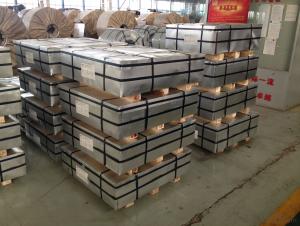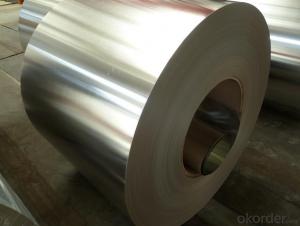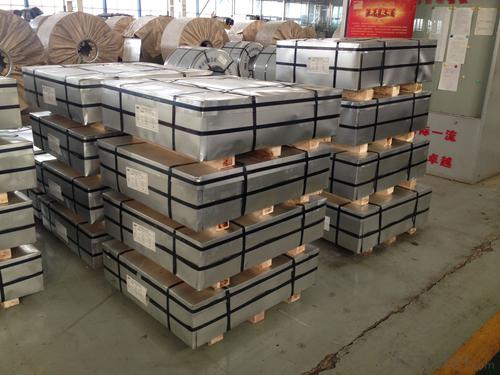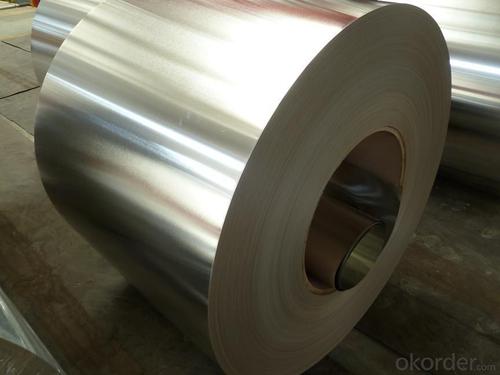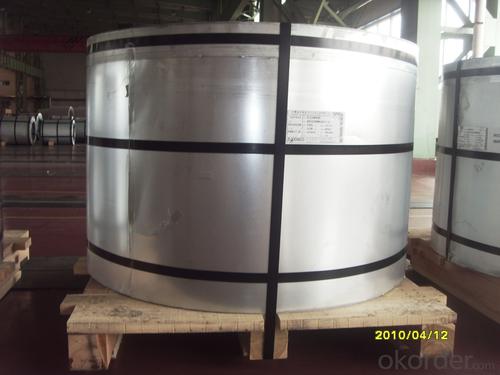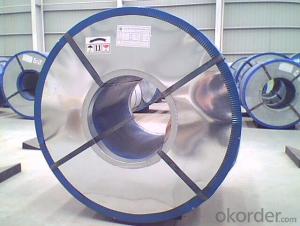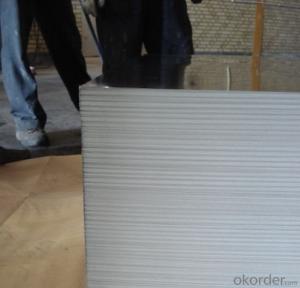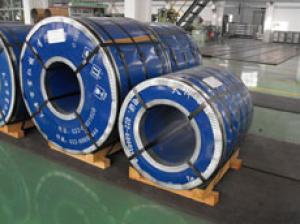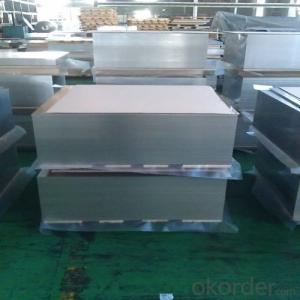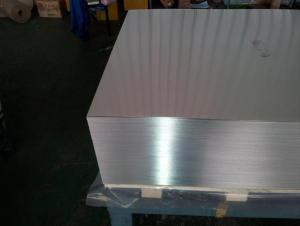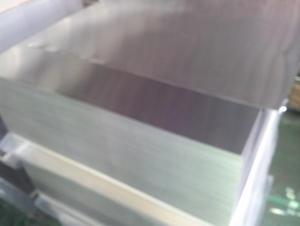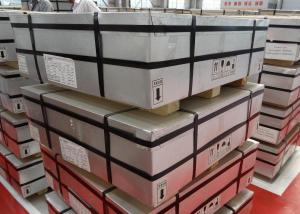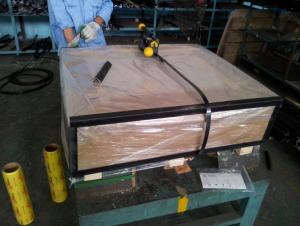Electrolytic Tinplate Sheets for 0.20Thickness SPCC Sheets
- Loading Port:
- Tianjin
- Payment Terms:
- TT or LC
- Min Order Qty:
- 25 m.t.
- Supply Capability:
- 500 m.t./month
OKorder Service Pledge
OKorder Financial Service
You Might Also Like
1.Structure of Electrolytic Tinplate Sheets for 0.20Thickness SPCC Sheets Description
Electrolytic Tinplate Sheets is one of the metal packing materials, which is widely used for making painting cans ,chemical package cans , electrical cable ,battery and metal printing etc.
2. Main Features of Electrolytic Tinplate Sheets for 0.20Thickness SPCC Sheets
Steady and high quality
Fast shipment
Good experience for export work
For the surface, Plate uniform in thickness,uniform and smooth tin coating, without flaws,rusts,scratch,wave,nick of tin coating etc.
Price competitive
3.Electrolytic Tinplate Sheets for 0.20Thickness SPCC Sheets Images
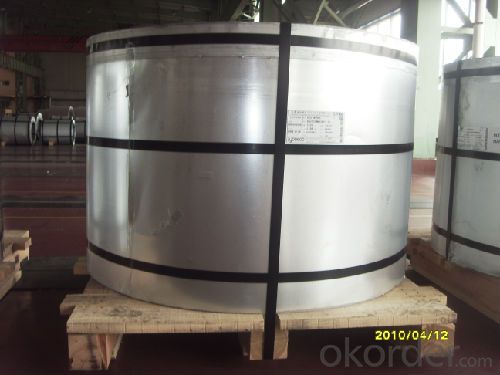
4. Electrolytic Tinplate Sheets for 0.20Thickness SPCC Sheets Specification
Standard : GB2520-2000 ,JIS G3303
Steel type : SPCC
Coating : 2.8/2.8
Surface: Bright, Stone ,
Thickness:0.20
Width :600MM~1000MM
Temper : T1~T5
Package: tinplate wrapped completely with an inner cover of plastic or waterproof papers with vorners protected with metal angels.
5.FAQ of Electrolytic Tinplate Sheets for 0.20Thickness SPCC Sheets
A. What is the package of tinplate? (Referred as below)
For sheets, thin plastic film + rust-proof paper + metallic cover + metallic angles+ steel band strips + fumigated wooden pallet.
For coil, thin plastic film + rust proof paper + metallic cover + steel band strips + fumigated wooden pallet
B.Do you have some other thickness?
Yes, we can do with 0.16mm for min thickness, for 0.16, normally with DR8,CA, for 0.17, can be with T5,DR8-9.
C: Can you provide high tin coating tinplate?
Yes,we can, such like E2.8/5.6 etc.
- Q: Are there any health concerns associated with tinplate packaging?
- Yes, there are potential health concerns associated with tinplate packaging. Tinplate packaging can sometimes contain small amounts of lead, which is a toxic heavy metal. If the lead leaches into the food or beverage stored in the tinplate packaging, it can pose a health risk, especially in high quantities or with prolonged exposure. Additionally, some tinplate packaging may be lined with a plastic coating that contains harmful chemicals like BPA (bisphenol A) or phthalates, which can also leach into the food or beverage and have adverse health effects. It is important to check the safety of tinplate packaging and ensure it meets regulatory standards to minimize these health concerns.
- Q: What are the weight advantages of using tinplate?
- One of the weight advantages of using tinplate is its lightweight nature. Tinplate is made by coating a thin layer of tin onto a steel substrate, resulting in a material that is significantly lighter than other packaging options such as glass or aluminum. This lightweight characteristic makes tinplate an ideal choice for various industries, including food and beverage, where weight reduction is essential for transportation, storage, and overall product cost efficiency.
- Q: Soup with tin cans loaded also need high temperature sterilization?
- Recently, the new provisions of the food industry has been introduced, did not look carefully, it seems that there is no preservative food should be high temperature sterilization.From the point of view of food safety, sterilization is also beneficial. You know that.
- Q: How does the thickness of tinplate affect its strength?
- The thickness of tinplate directly affects its strength, with a thicker tinplate generally being stronger than a thinner one. Thicker tinplate offers more resistance to bending and deformation, making it more suitable for applications requiring higher strength and durability. However, it is important to find a balance between thickness and other factors such as weight and cost, as excessively thick tinplate may become impractical for certain uses.
- Q: How does tinplate contribute to the overall sustainability of the supply chain?
- Tinplate contributes to the overall sustainability of the supply chain by offering several environmental benefits. Firstly, tinplate is highly recyclable, allowing for the continuous reuse of the material without any loss of quality. This reduces the need for virgin materials and minimizes waste generation. Secondly, tinplate provides excellent protection and preservation properties, extending the shelf life of products and reducing food waste. Additionally, tinplate is lightweight, which helps in optimizing transportation efficiency, reducing fuel consumption, and lowering carbon emissions. Overall, tinplate's recyclability, protective qualities, and lightweight nature make it a sustainable choice that positively impacts the entire supply chain.
- Q: How is tinplate tested for quality assurance?
- Tinplate is tested for quality assurance through various methods including visual inspection, measurement of physical properties, assessment of coating quality, and evaluation of corrosion resistance. These tests ensure that the tinplate meets the required standards and specifications before it is used for packaging or other applications.
- Q: What's the head iron?
- Tin plate (commonly known as tinplate) refers to the surface coated with a thin layer of metal tin steel plate. The corrosion resistance of SPTE is poor, the general condition of 24H will appear rust smoke test.
- Q: Can tinplate be used for coinage?
- No, tinplate cannot be used for coinage as it is a thin sheet of steel coated with a layer of tin, which is not a suitable material for making coins.
- Q: How is tinplate used in the pet food industry?
- Tinplate is commonly used in the pet food industry for packaging purposes. It is an ideal material for manufacturing cans and containers that store pet food due to its durability, resistance to corrosion, and ability to maintain food freshness and quality. Tinplate cans are also easily stackable, making them convenient for storage and transportation.
- Q: How does tinplate affect the sound quality of musical instruments?
- Tinplate does not directly affect the sound quality of musical instruments. The sound quality primarily depends on the construction, materials, and design of the instrument itself, such as the type of wood used, the shape, and the craftsmanship. Tinplate may be used for aesthetic purposes or as a protective coating, but it does not significantly impact the sound produced by the instrument.
Send your message to us
Electrolytic Tinplate Sheets for 0.20Thickness SPCC Sheets
- Loading Port:
- Tianjin
- Payment Terms:
- TT or LC
- Min Order Qty:
- 25 m.t.
- Supply Capability:
- 500 m.t./month
OKorder Service Pledge
OKorder Financial Service
Similar products
Hot products
Hot Searches
Related keywords
